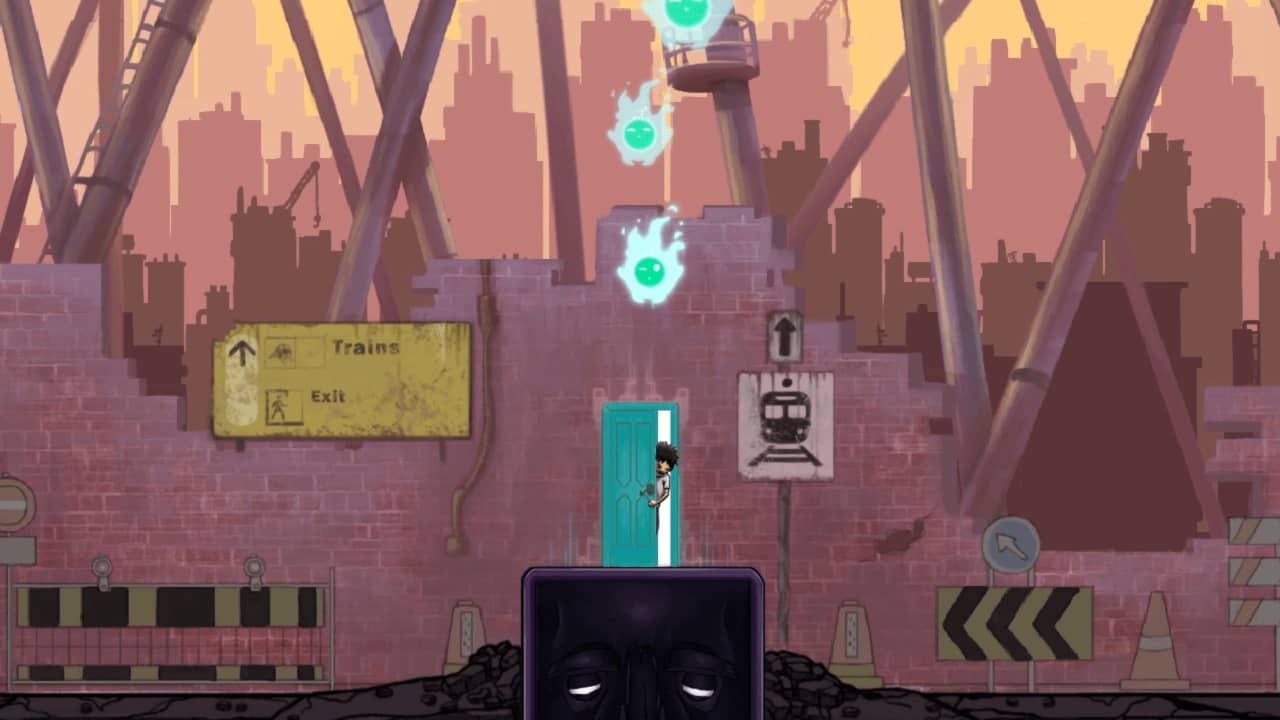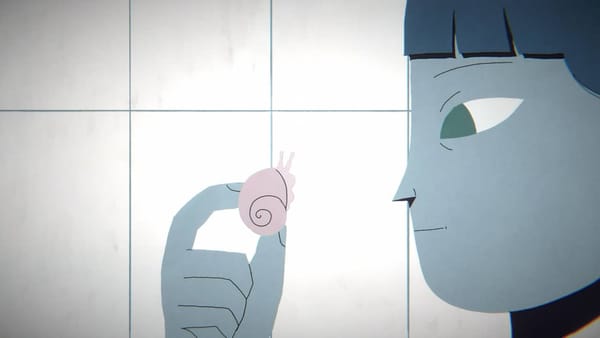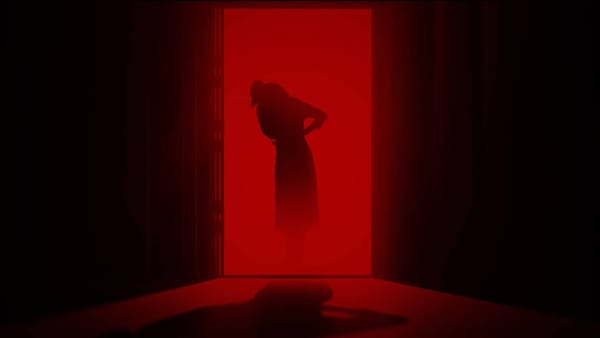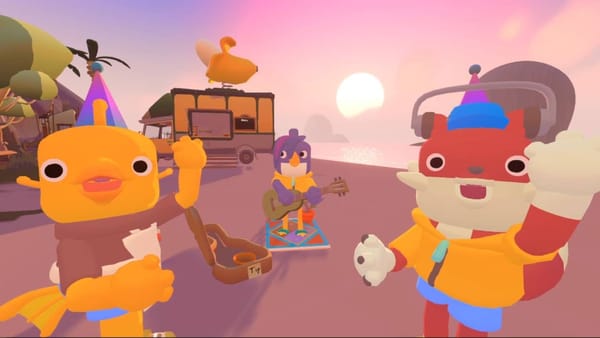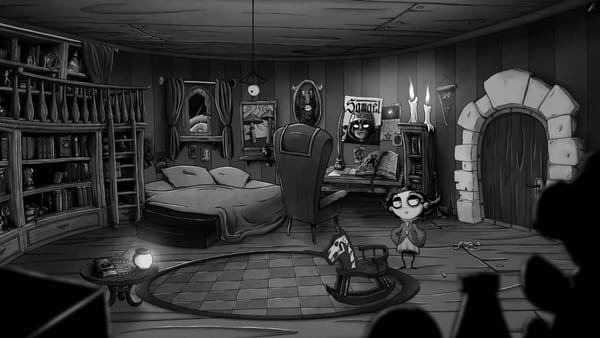Hhhhmmm… how much on the fence can one be for To Leave for the Nintendo Switch? Conceptually, it’s brilliant, if a little complicated, but hey – it’s designed that way, and it makes sense to play through to get the answers to your questions. Well, most of them. As for gameplay, it’s a tried and tested platformer. To some degree.
The reason for the title is this game reminds me a little of Flappy Bird. That’s not a slur to say that’s all there is to this game, but the core gameplay is about tapping a button to combat gravity (and vibrancy – more on that later), reach a goal and activate a series of temples to help its protagonist earn some peace.
To Leave’s premise might be a difficult one for many. You play Harm, a character with manic depression and growing disconnected from their world. Freaky Creations and RedDeer Games don’t hesitate to let you know the themes – as they should, but surely this is too heavy-going to get any enjoyment out of it? Well, it depends on what you’re looking for in a game.

To Leave Switch Review
As far as gameplay goes, it revolves around Harm’s room and his journey through the Dark Void to activate the temples. In doing so, he’ll be able to unify the Origin Gate or something like that. It’s quite an ambiguous – and ambitious – story that serves up a decent-sized plate of exposition through Harm’s written journals, readable from his apartment. These entries are relatively straightforward for the most part, but the writing is off and doesn’t read well in places.
When it comes to moving around in To Leave, it’s relatively linear. Harm indicates where he needs to go next, so you use his magic door and travel through a straightforward network, activate his door once you arrive at the destination, and then it’s a case of doing that Flappy Bird bit or Super Mario Bros. swimming, only without the water.
Harm’s door is powered by vibrance and will deplete with time (unless you collect the floating orbs), so you have to be pretty swift in your movements. Tapping the button will elevate you, and you’ll have to reach allocated platforms that act as a checkpoint. A map will indicate the nodes, so once you go from A to B, you’ll land Harm and enter through the door through a series of stages, activate the temple, morph into something that resembles The Walking Dead, and slog it along back to your door in a rather monotonous manner. You’ll have to redo the stage if you run out of vibrance through a lack of time management or crashing into obstacles.

Tap That
This tapping element in the game was ok but a little unforgiving in places, despite the game’s brief gameplay. In many scenarios, it might feel unfair, or if you’re trying to do it in one sitting, it’s easy to make a mistake and then end up bailing on it for a bit. In short, the gameplay doesn’t sell it. However, as mentioned in the opening paragraph, To Leave has a brilliant concept.
More and more games are tackling mental health, but it’s hard to represent as it differs for many people. Collectively, the themes in the game are pretty universal, and perhaps you may identify with it personally or at least empathise with the ideas. The writing can be a struggle, but that might be the translations or even a personal thing. What stands out in To Leave is the presentation. Mashing up a series of superb cutscenes and beautifully drawn artwork, in my opinion, would have worked great as a short film or series of shorts.
Still, we’re talking about a game and its approach to mental health through a challenging narrative that some may be uncomfortable with – death, substance abuse, or having to revisit Flappy Bird once more. Again, I must stress that the comparison is merely about the mechanics. As an indie title, it’s good, but it’s more to do with the presentation than the actual gameplay that makes this a unique experience. To Leave has been available for some time on other platforms, so do check out other reviews/streams before you buy, as it’s quite the niche.


